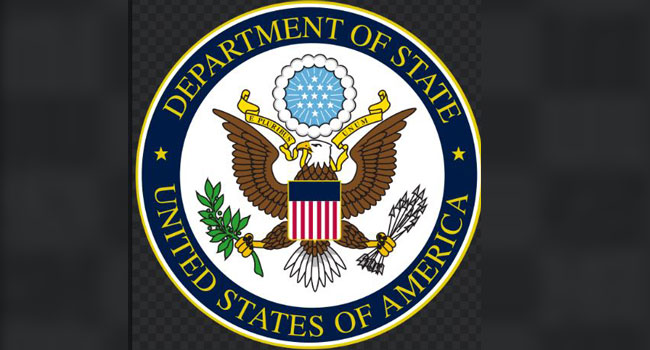The Department of State and the Smithsonian Institution have reinforced their partnership through an extended Memorandum of Understanding (MOU), signed on December 19 by Secretary of State Antony J. Blinken and Smithsonian Secretary Lonnie G. Bunch III.
The MOU aims to broaden future cooperation, leveraging the Smithsonian’s world-class expertise and educational impact to reach global audiences through the Department of State’s international outreach.
The signing ceremony, held in the recently refurbished Benjamin Franklin Diplomatic Reception Room at the Department of State, featured opening remarks by Under Secretary of State for Public Diplomacy and Public Affairs, Elizabeth M. Allen.
Secretary Blinken unveiled four new initiatives as part of the collaboration, including the integration of Smithsonian scientists into the State Department Embassy Science Fellows program to address global science challenges.
Other initiatives include strengthening ties with the Smithsonian’s Office of International Relations through the placement of a State Department representative, supporting a preservation-focused pilot project in Oaxaca, Mexico, for traditional crafts, and introducing Cultural Heritage Forward—an international exchange program for experts to develop and share best practices for more inclusive museums.
The partnership is set to propel geopolitical discussions, advocate for climate and biodiversity action, and support democratic movements. By combining the strengths and convening powers of the Smithsonian—the world’s largest museum, research, and education complex—and the Department of State, joint efforts will reach diverse audiences, showcasing American expertise and innovation in areas such as art, education, culture, science, and research.
Key areas of collaboration outlined in the partnership include bolstering educational, cultural, and scientific exchanges, facilitating connections between Smithsonian scientists and the Department’s science policy practitioners, sharing Smithsonian collections and expertise globally, fostering engagement with cultural organizations to advance new museum practices, and celebrating the United States’ semiquincentennial.
Additionally, the collaboration aims to contribute to a more sustainable planet, with joint efforts anticipated, including participation in the U.S. delegation to the UN Climate Change Conference (COP28).
This renewed alliance signifies a commitment to advancing shared goals and creating a meaningful impact on a global scale.


